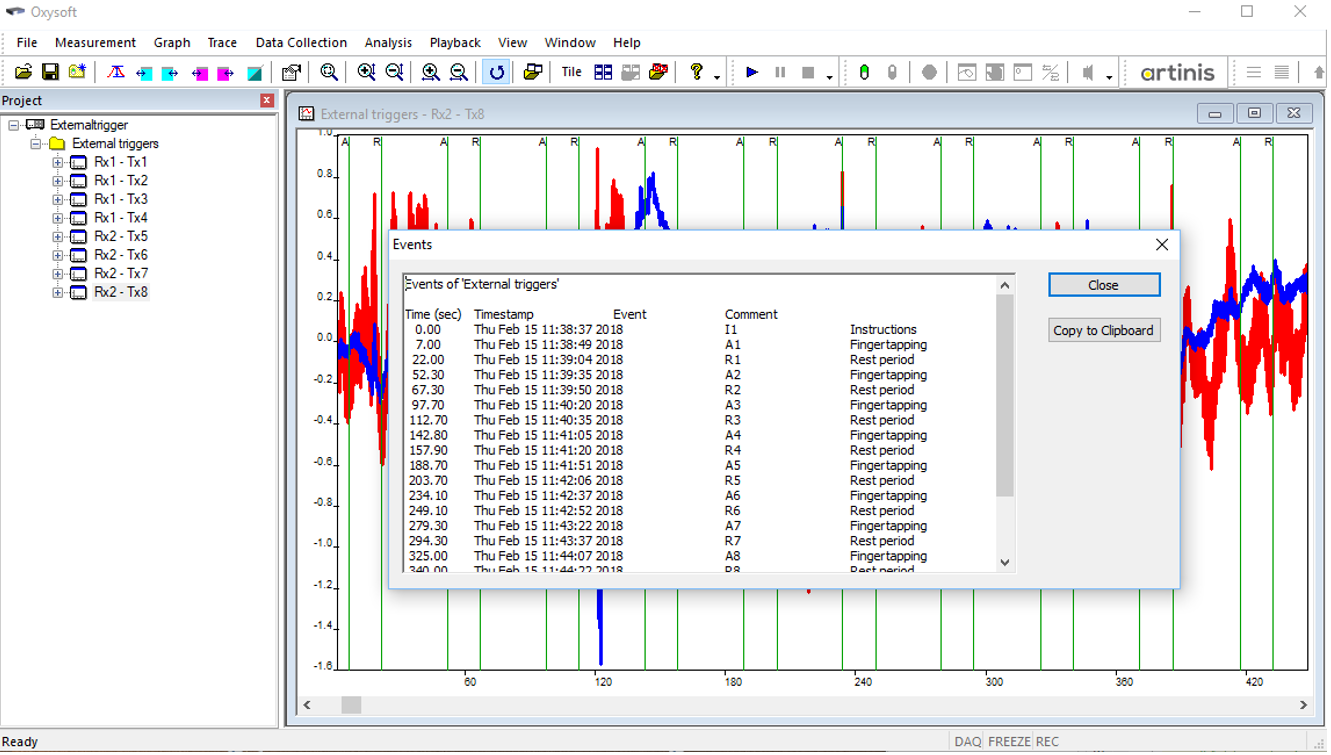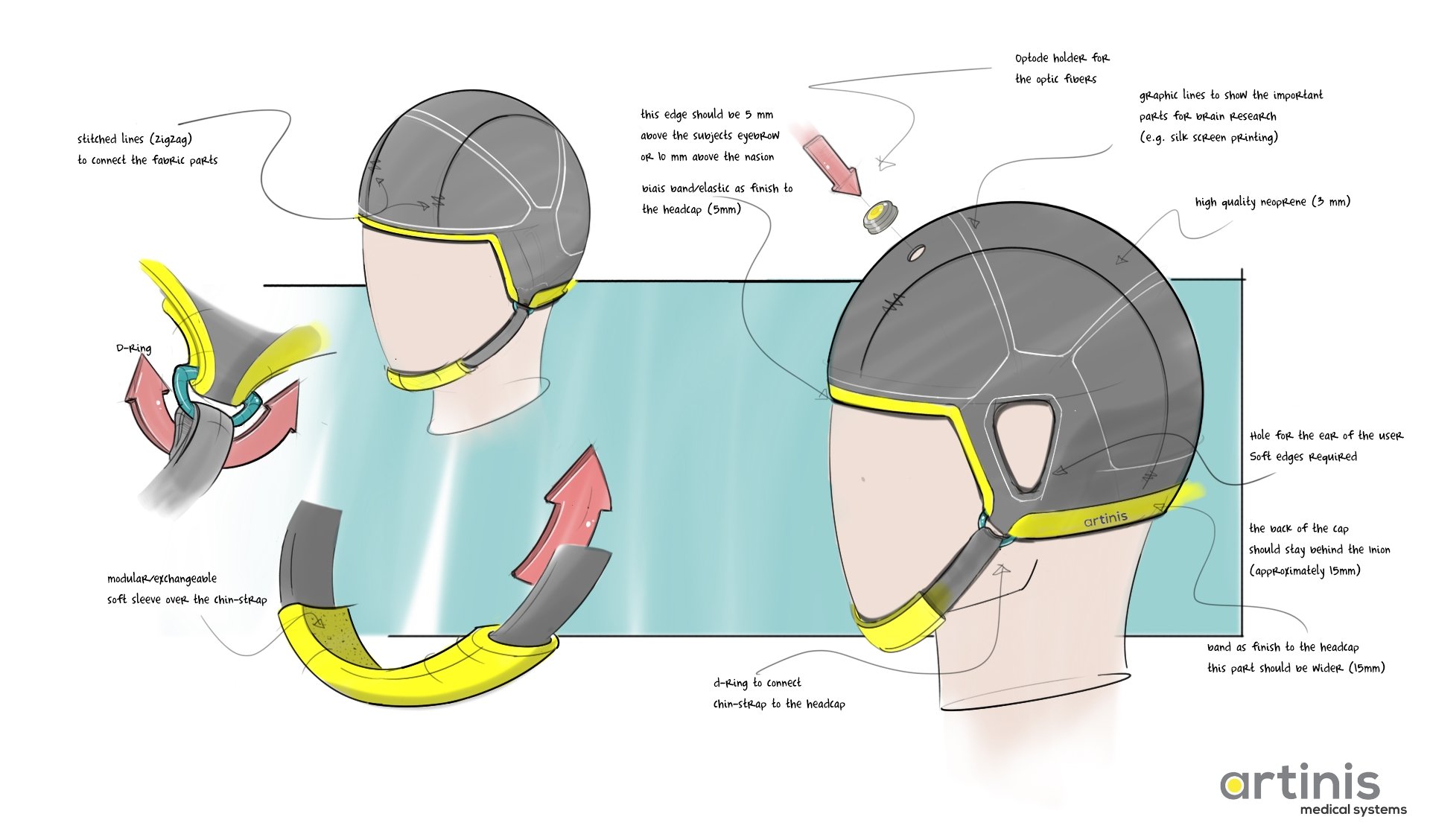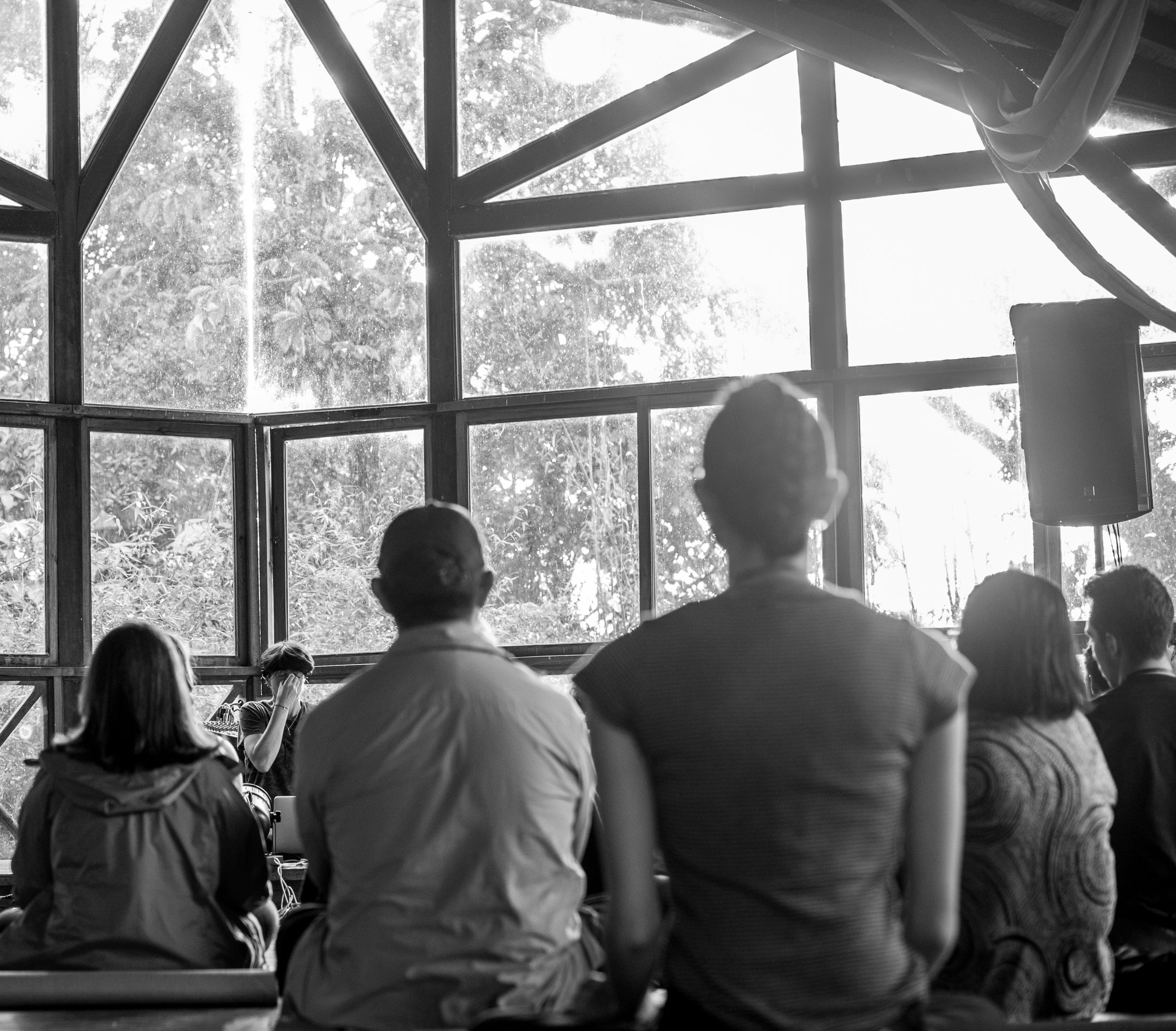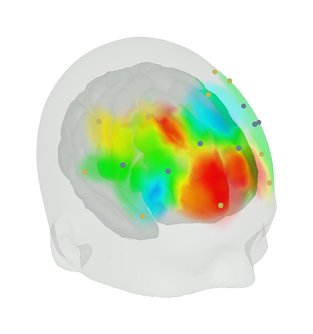In Artinis NIRS blog, you will find the latest trends in (f)NIRS, NIRS studies and applications, tutor from the leaders of near infrared spectroscopy, not to mention detailed insights and tips and tricks for your research!
Search blog post topic

Can restricting blood flow improve sports and exercise performance?
The artificial induction of ischemia (from Greek, meaning stopping/keeping back blood) was first shown to help protect cardiac muscle from injury in later occurring episodes of ischemia by Charles Murry and colleagues in 1986[1]. This technique came to be called ischemic preconditioning (IPC).

Combining the world of NIRS and EEG
EEG and fNIRS are complementary measuring techniques. EEG measures electrophysiological brain activation, that is the electromagnetic field created when neurons in the brain are firing. fNIRS measures the hemodynamic response, that is the change of oxygen in the blood when a brain region becomes active. By combining EEG and fNIRS, a more complete picture of brain activity is obtained: activation of neurons and energy demand of neurons.

How are we synchronizing Artinis NIRS devices with other data streams?
Over the years we have developed both hardware-based and software-based options for data synchronization. In this blog we will explore the different options and discuss the advantages and disadvantages of each.

The do's and don'ts of baselines
A common question we get from our customers is what is a baseline and how to use it. Generally with fNIRS, the absolute values are arbitrary. The period before a stimulus is often referred to as the baseline. In this blog we will describe the do's and don'ts of baselines.

Publication overview 2016
At Artinis we consider ultimate success to be good publications by our customers. To see how we are doing we have systematically searched Google Scholar for NIRS and fNIRS publications.

Just a ‘simple’ cap
An insight guide into NIRS head-cap development by our designer Wout Kregting

Brite23 Video: Completely wearable fNIRS
Get an impression of our latest fNIRS device on Youtube.

Finding Prana: An Artist’s Experiment with fNIRS

How to create the best optode template for your fNIRS setup

3D Digitization and Co-Registration to the MNI brain template using OxySoft
How do we know that the most active channels are located over the brain region of interest and not somewhere else? Of course, an experienced researcher just knows where to place the optodes, but is that enough to convince a potential highly-critical reviewer or fellow scientist?

User case: Combining multiple Artinis devices
Auditory cortex measurement with fNIRS.

ARTscientific 2017
The ARTscientific 2017 that has been held last year was a big success with valuable NIRS discussions. Subscribe to the next ARTscientific 2018 in Phuket, Thailand, this June!
